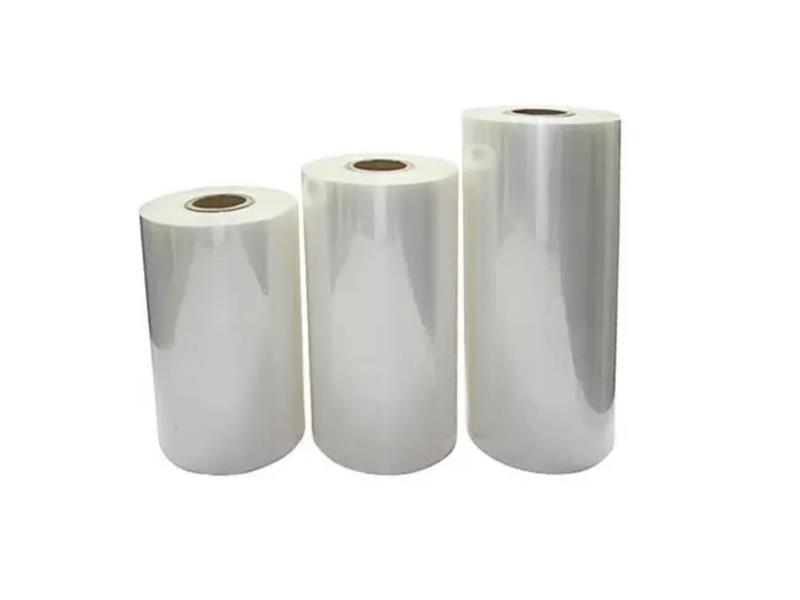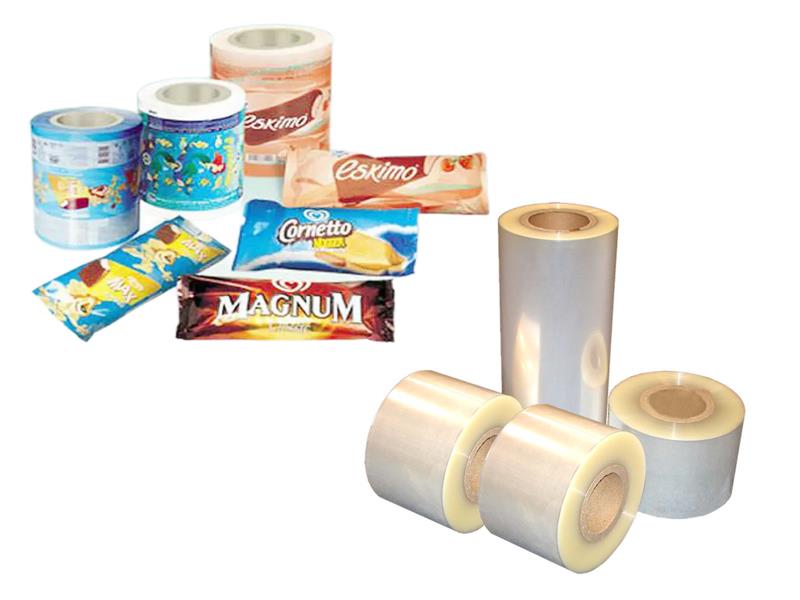News detail
How is BOPP film produced?
Biaxially Oriented Polypropylene (BOPP) film is a widely used material in various industries, including packaging, labeling and printing.
It is a versatile and cost-effective film that offers excellent clarity, high tensile strength and good barrier properties.
But have you ever wondered how BOPP film is produced? In this article, we will take a closer look at the production process of BOPP film.

The Production of BOPP Film
1. Melted resin: The resin ismelted and then extruded through a flat die to form a thin sheet. This sheet is then cooled rapidly to solidify it.
Once the sheet is solidified, it is stretched in both the machine direction (MD) and transverse direction (TD) in a process called orientation.
This stretching process improves the mechanical properties of the film, such as its tensile strength and puncture resistance.
The MD stretching is achieved by passing the sheet through heated rollers running at different speeds, while the TD stretching is done by using a tenter frame that stretches the film in the width direction.
2. Film annealing: After the orientation process, the film is annealed to relieve any residual stress and improve its dimensional stability.
This is done by passing the film through an annealing oven at a controlled temperature. The annealing process also enhances the film’s heat resistance and clarity.

3. Film surface treatment: It improve its printability and adhesion properties.
This is done by corona treatment, which involves exposing the film to a high-voltage electrical discharge.
The corona treatment creates tiny pits on the film’s surface, enhancing its surface energy and allowing inks and adhesives to adhere better.
4. Finishing operation: Once the film is treated, it goes through a series of finishing processes, such as trimming, slitting and winding, to achieve the desired width and length.
The finished BOPP film is then ready for further processing or packaging.
It is worth mentioning that the production of BOPP film requires strict quality control measures to ensure consistent film thickness, clarity and other properties.
Advanced monitoring and testing equipment are used to check the film’s properties at various stages of the production process.
In conclusion, BOPP film is produced through a series of steps, including resin extrusion, sheet cooling, orientation, annealing, surface treatment and finishing.
Each step plays a crucial role in determining the film’s mechanical and optical properties.
The production process requires precision and careful quality control to ensure the production of high-quality BOPP film that meets the industry’s requirements.
Send Inquiry
Copyright © 2025 Wanbon Boway Machinery Co., LTD. All rights reserved.

 Chinese
Chinese Spanish
Spanish